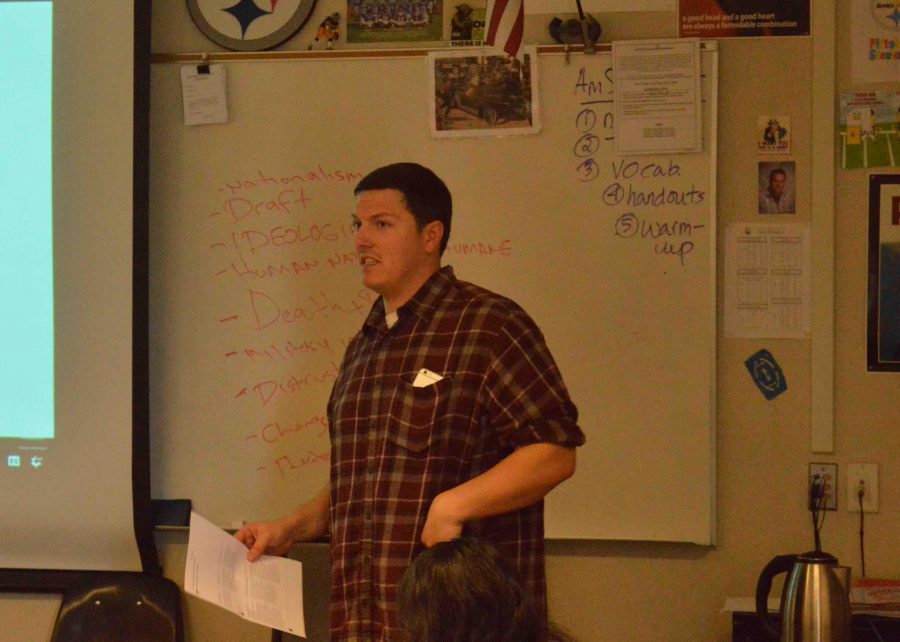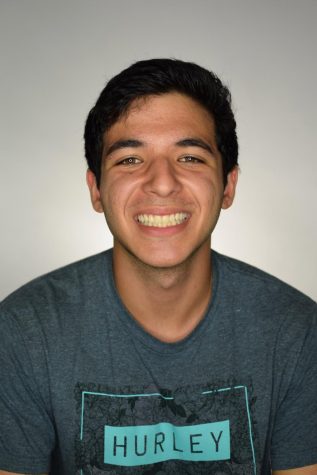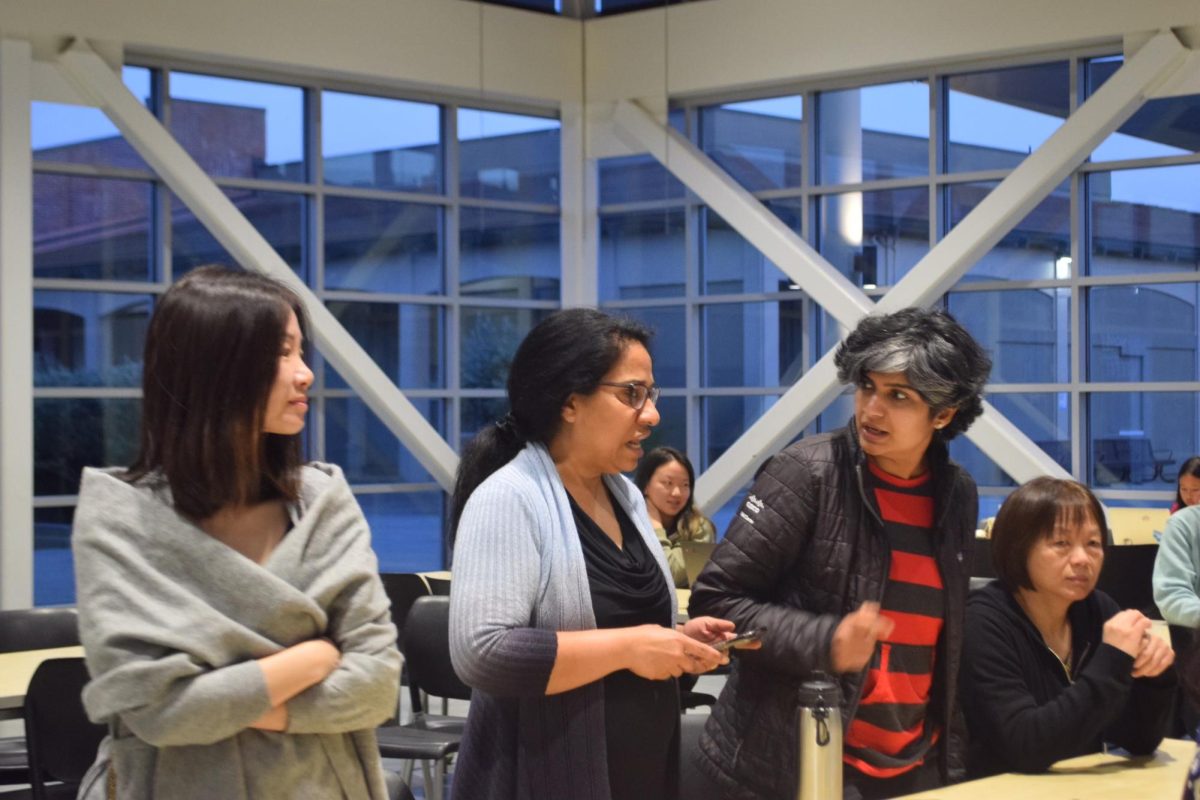Fear, protest and anger are only some of the reactions people have experienced when thinking about this year’s election and its outcome. With the slew of emotions associated with Donald Trump and his election the media has had their hands full covering the amount of news created by his actions and words. As a controversial figure there have been countless instances of sensationalized coverage or fake news stories, and many have had trouble distinguishing fact from fiction. This brings forth the question of whether history classes should discuss current events.
The amount of fake news that gets propagated on the internet is staggering, and with many in the U.S. still unhappy with the results of the election, media outlets continue to create fake news stories for the exposure they bring. In many cases it can be difficult — especially if the media source has a bias regarding the subject of the article, to differentiate between legitimate and fake news. It is important for people to be able to tell the difference between real and fake news so that its spread doesn’t affect the opinions of people especially people who can actually cause change like policy makers and voters.
History class can be a place that can help students tell the difference between real and fake news, as history classes in general already discuss the difference between the types of sources, for example primary and secondary. It would make sense for them to also help their students make sense of the events that are happening in the world today. World core and studies teacher Cody Owens thinks that social studies classes should talk about current events and fake news.
“I think that’s it’s good if students are able to track what’s going on,” Owens said. ”Also I think that you can link a lot of what is going on today with historical content.”

The main issue with any sort of formal teaching and class discussions about current events is timing. Many classes don’t have the time to set aside for current events. This is especially true for many of the AP variations of history. AP and regular U.S. history teacher Margaret Platt thinks that current events are important in much of the same way as Owens; they can be connected to various historical events and can make them more relevant today. But lack of time is again the main issue keeping teachers from being able to talk formally about current events.
“In AP US History it’s hard because we’re stuck on a time schedule,” Platt said. ”It’s extremely difficult to squeeze in current events along with all you need for the [AP] test.”
Another aspect of teaching and talking about current events is the process of talking about fake news and telling the difference between it and real news. Owens and Platt both agreed that it would help if students learned how to tell the difference. The class would then also serve as a way for accurate news to be spread and control the spread of fake news stories.
“We should have some sort of curriculum based on how to differentiate between fake and real news,” Owens said.” I think we should definitely inform students on what is and what is not credible.”
With the recent anger along with other emotions associated with Trump’s election and later policies and the fake news that spawned from it, it seemed as if history class could have been a good place for conversation about all of these topics. In the end the timing and structure of these classes stops teachers, who themselves advocate for it, from being able to teach it. The teaching of current events in history class would help with the political awareness of MVHS students.










